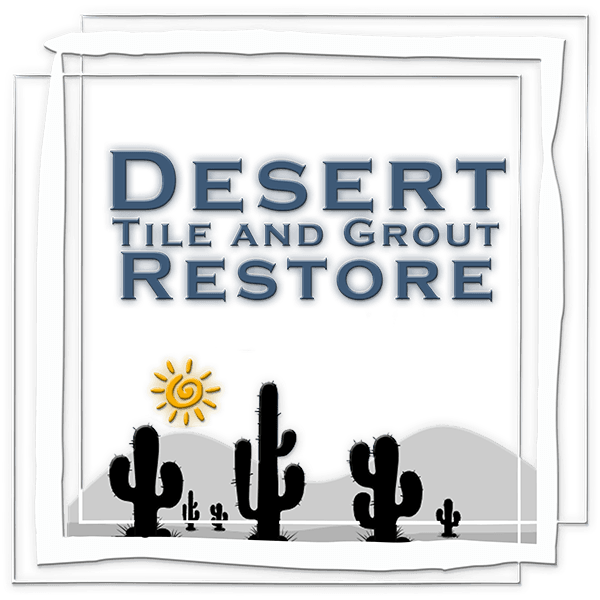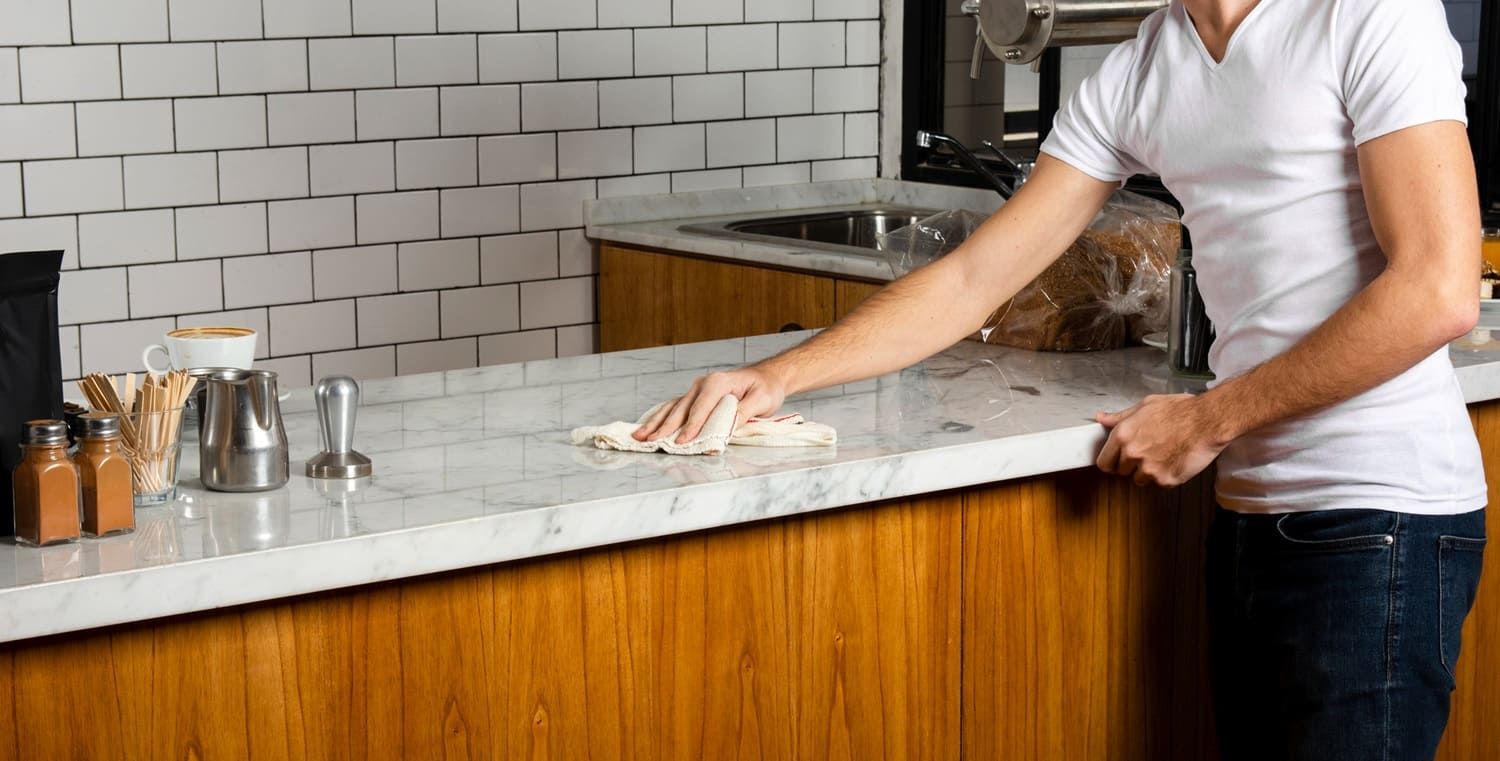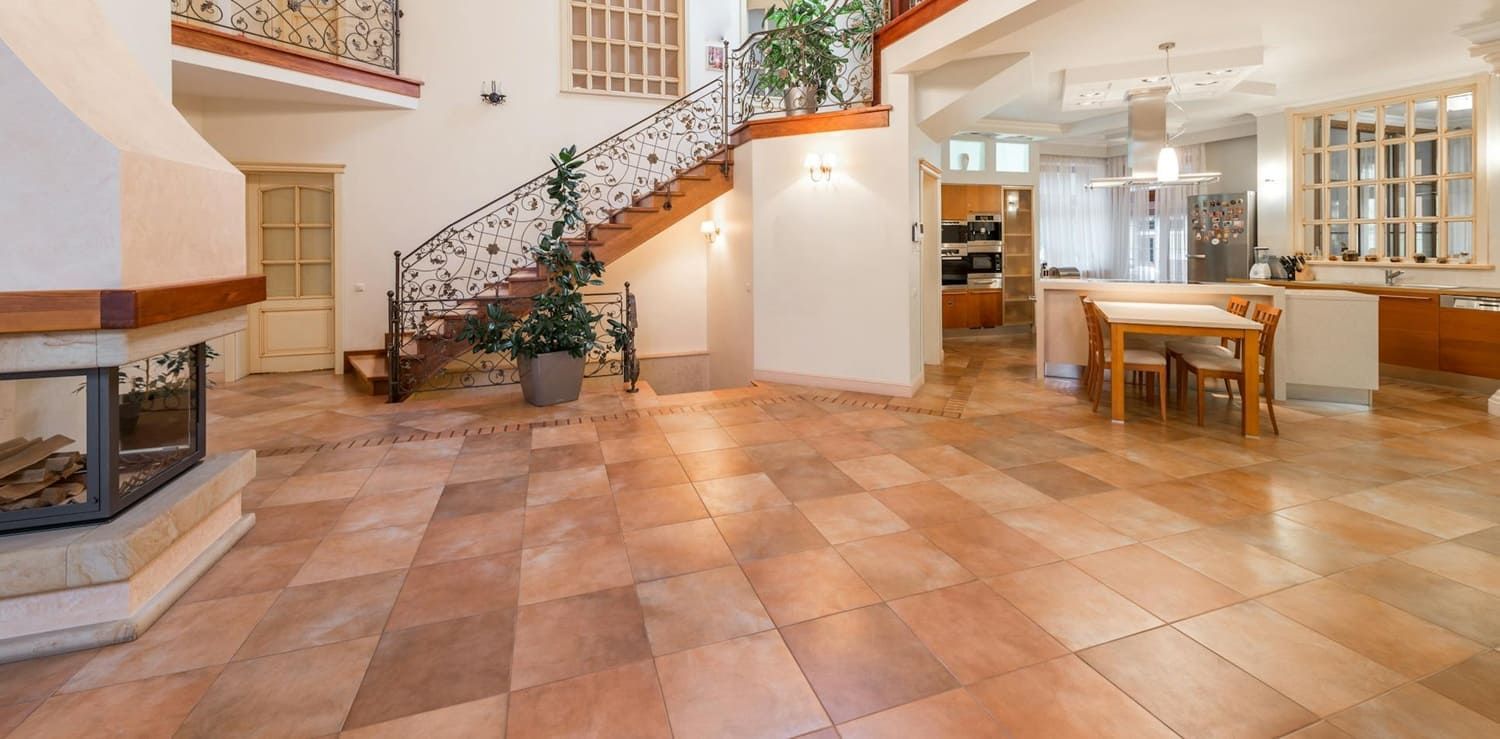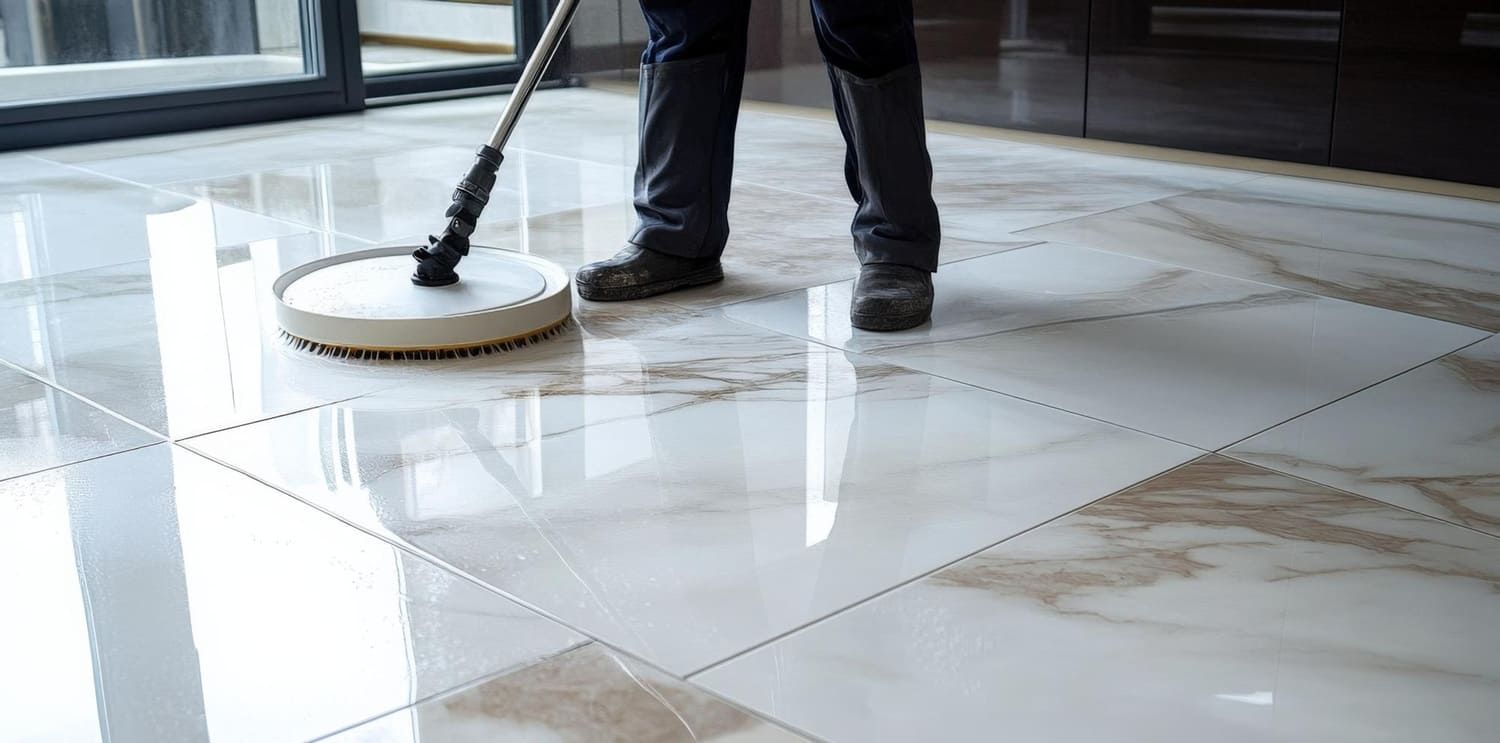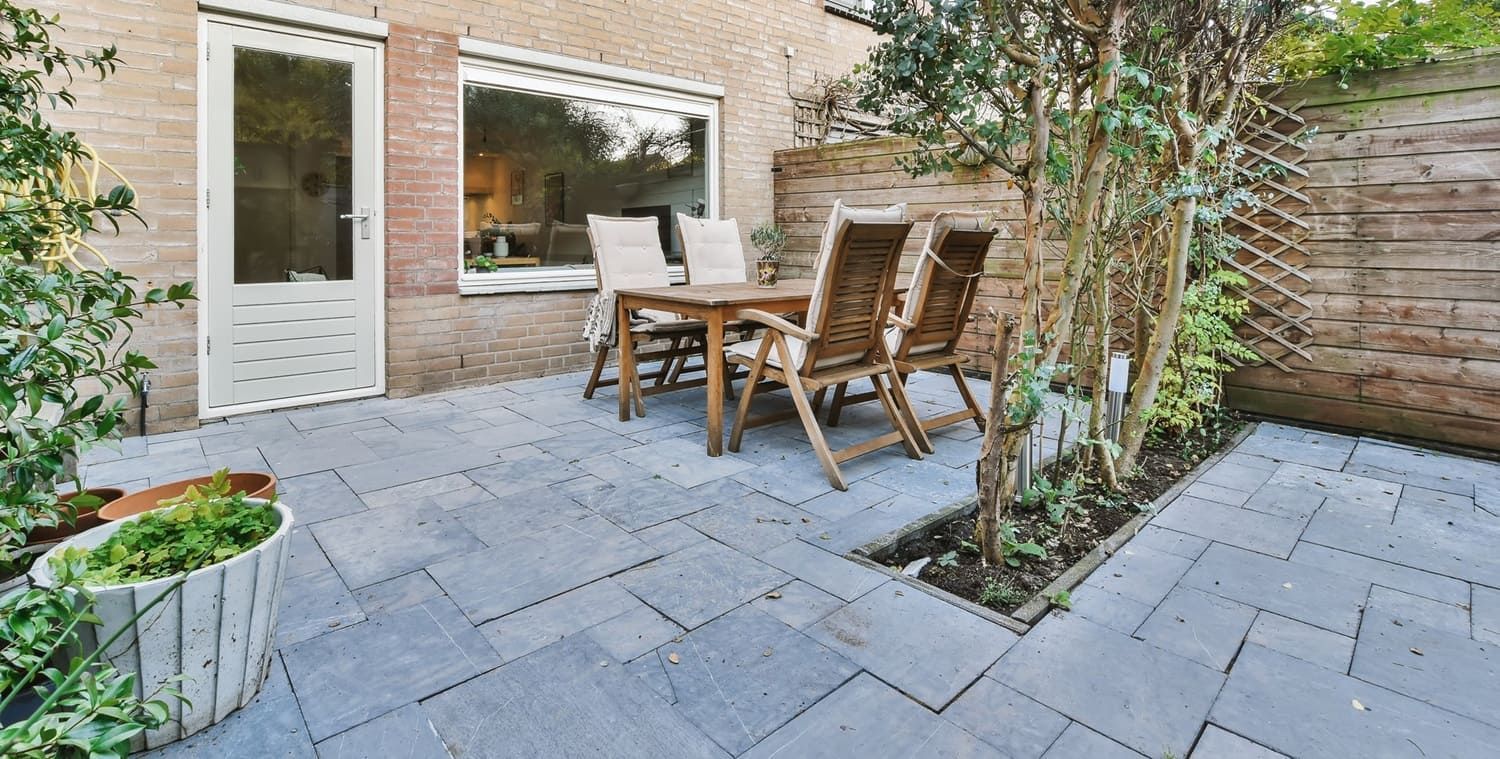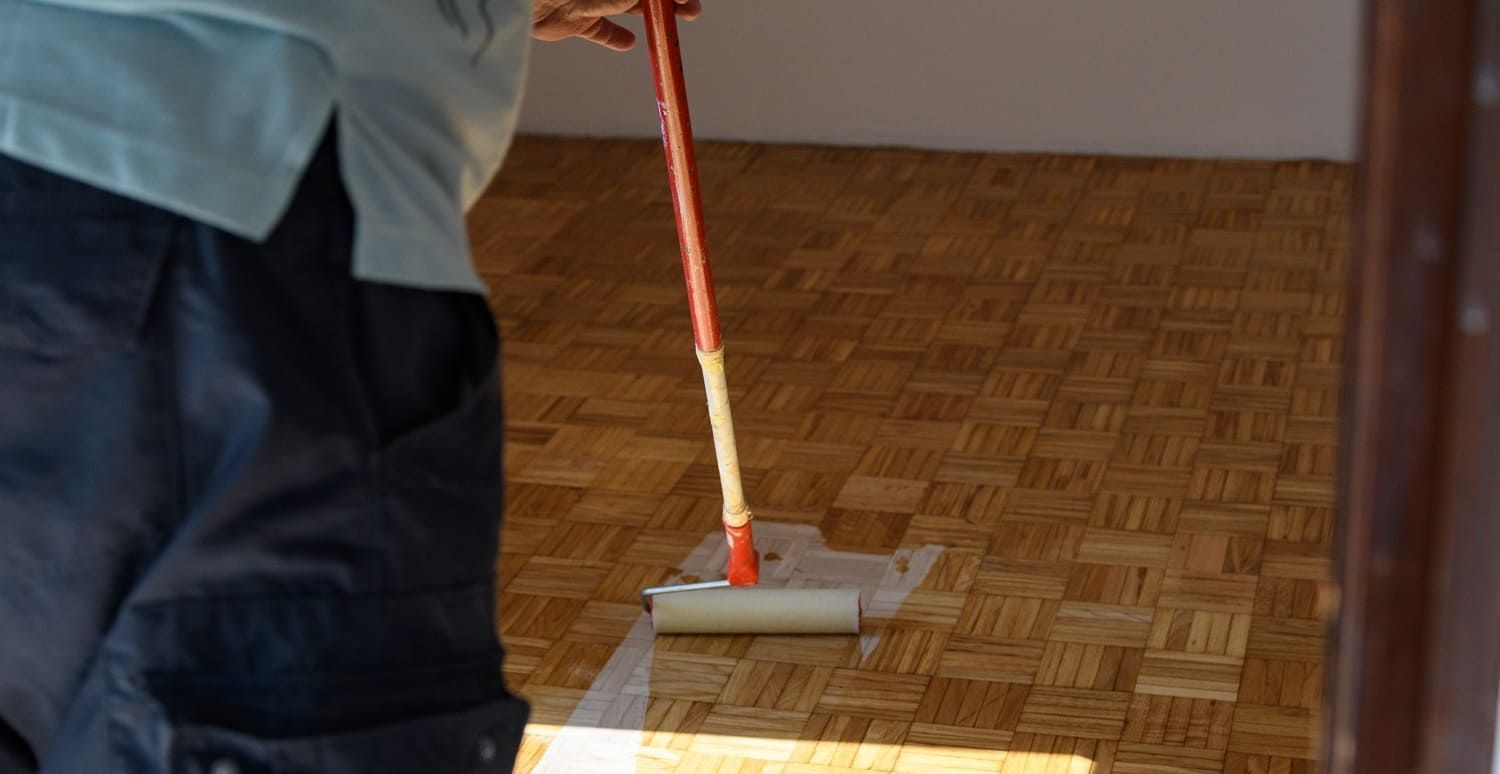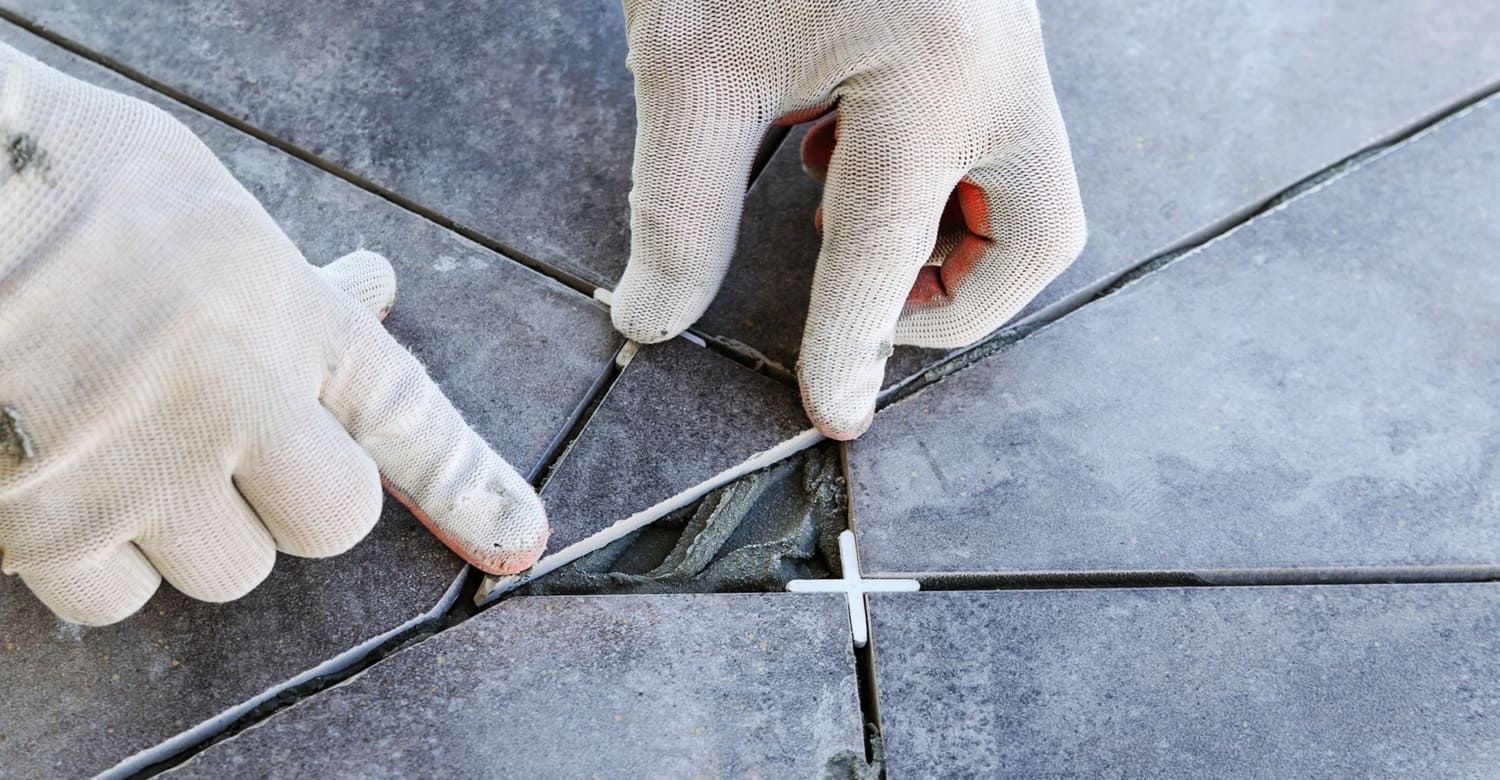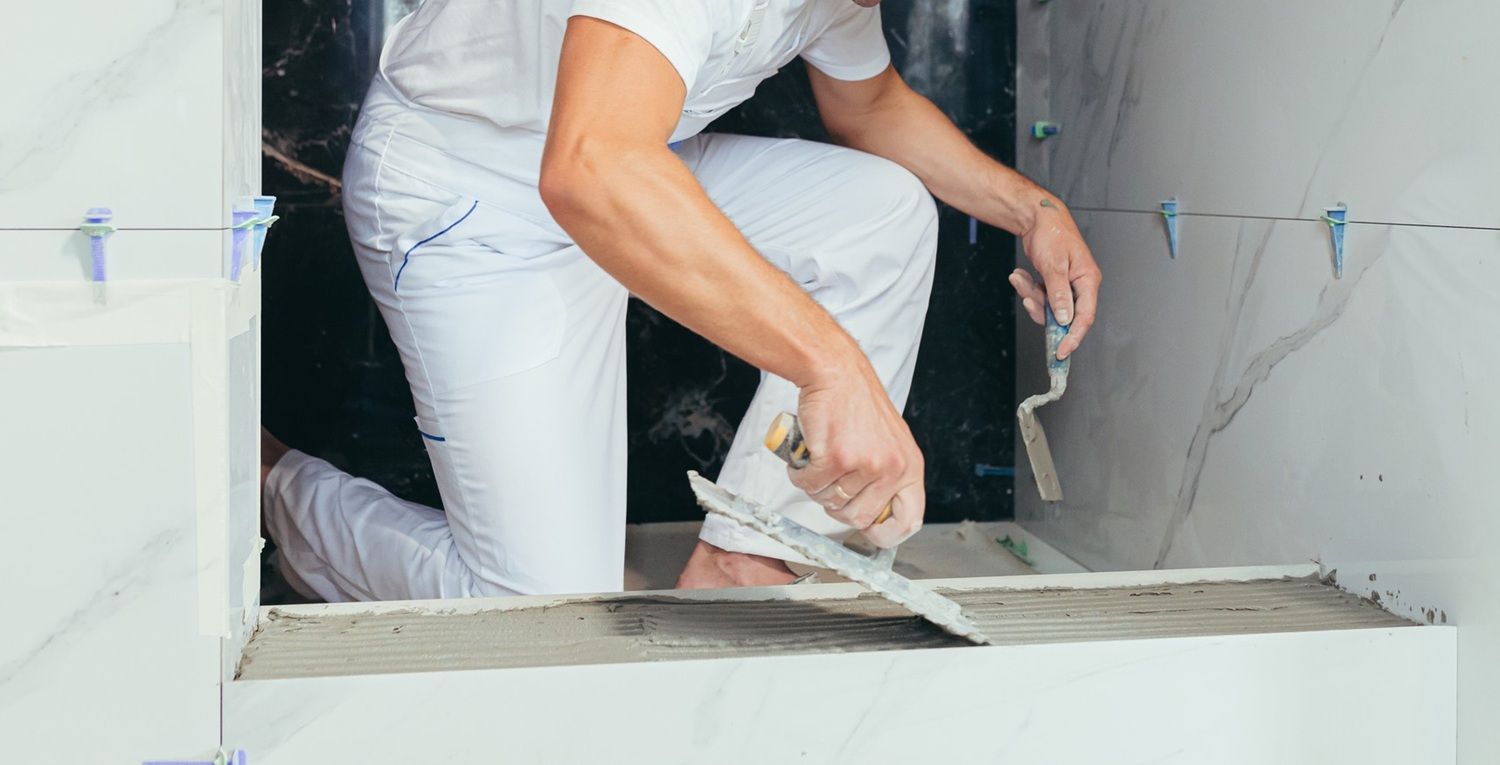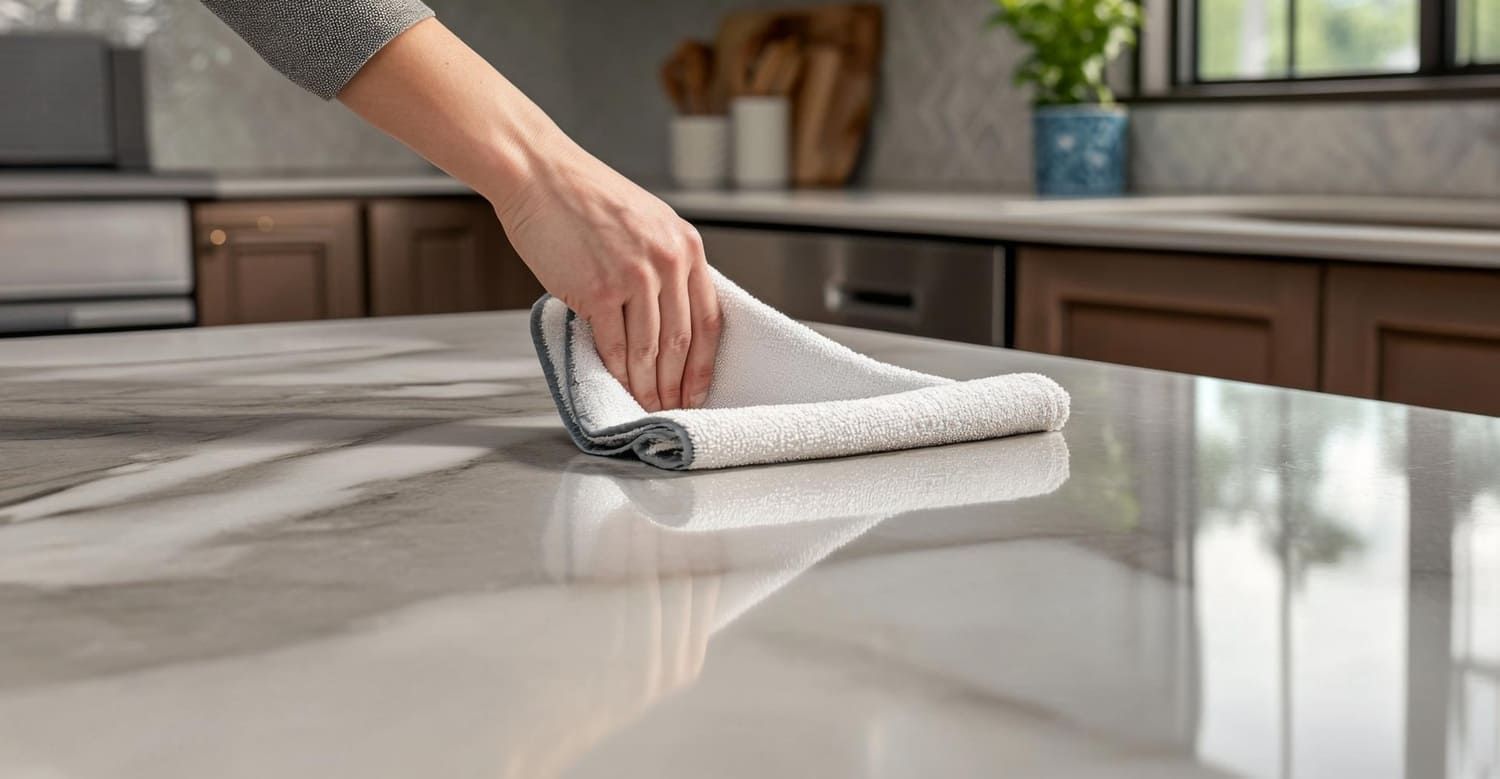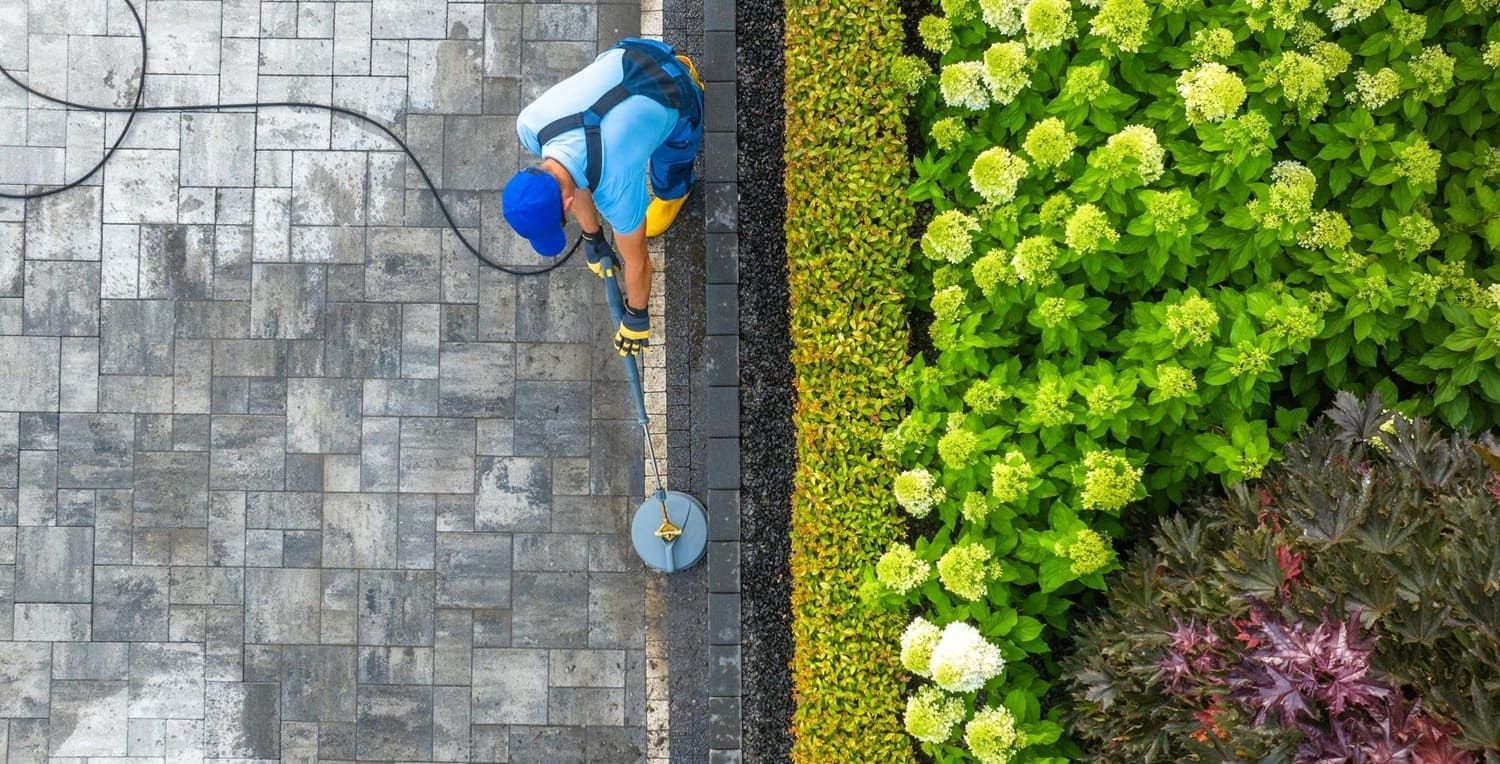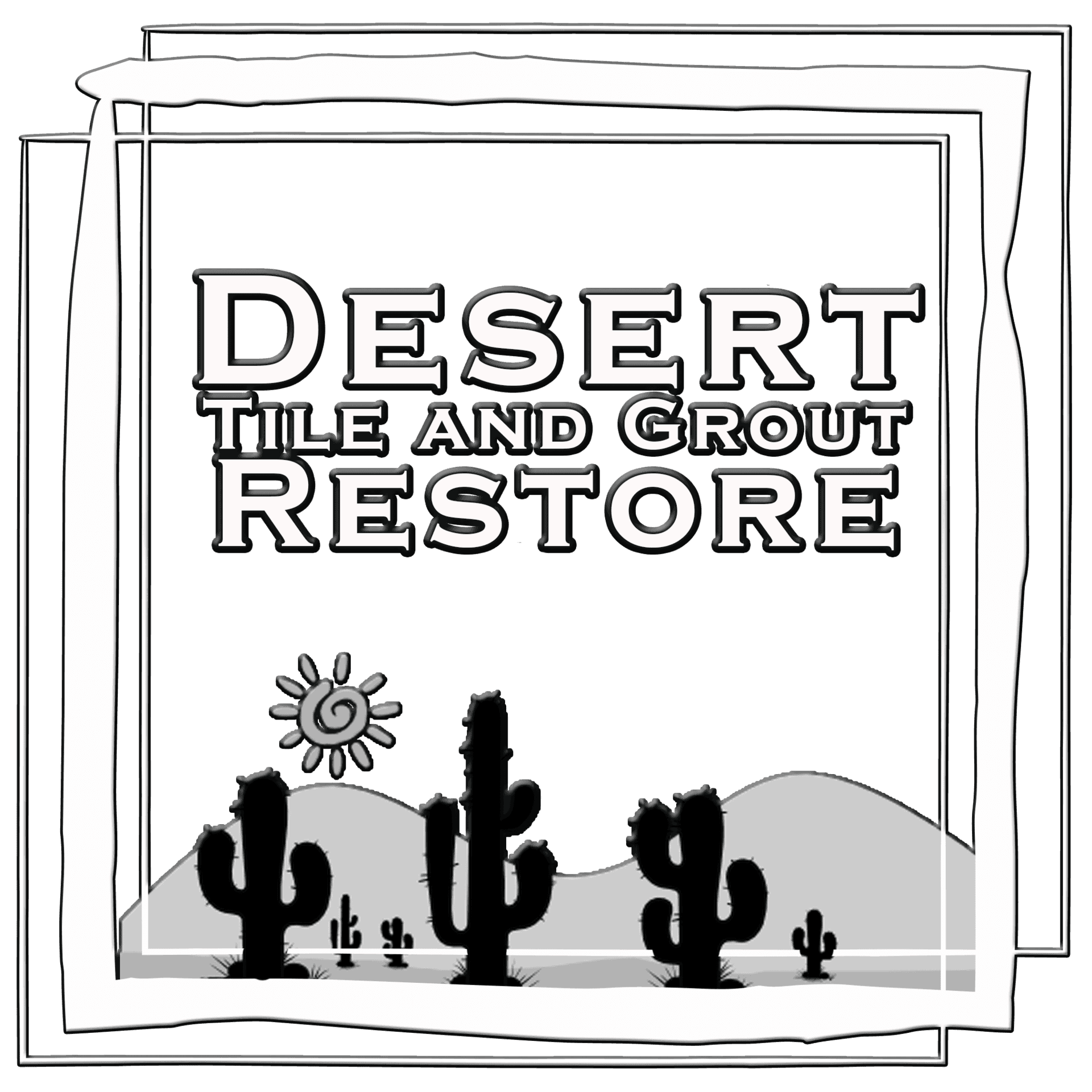ARIZONA'S BEST STONE, TILE, AND GROUT CLEANING SERVICES
What’s the Best Way to Clean Porous Stone Surfaces?
Porous stone surfaces add elegance and charm to any space. However, their beauty comes with a need for special care. These surfaces, like limestone and marble, are absorbent and can easily stain. Regular cleaning is essential to maintain their natural allure and longevity.
Using the right cleaning methods is crucial. Harsh chemicals can damage the stone, while improper techniques may lead to scratches. Understanding the unique needs of porous stone is the first step in effective maintenance.
This guide will explore the best ways to clean and protect your stone surfaces. From selecting the right products to applying proper techniques, we cover it all. Whether you're a homeowner or a professional cleaner, these tips will help you keep your stone surfaces pristine.
Dive in to discover how to maintain the beauty of your porous stone surfaces. With the right care, they can remain stunning for years to come.
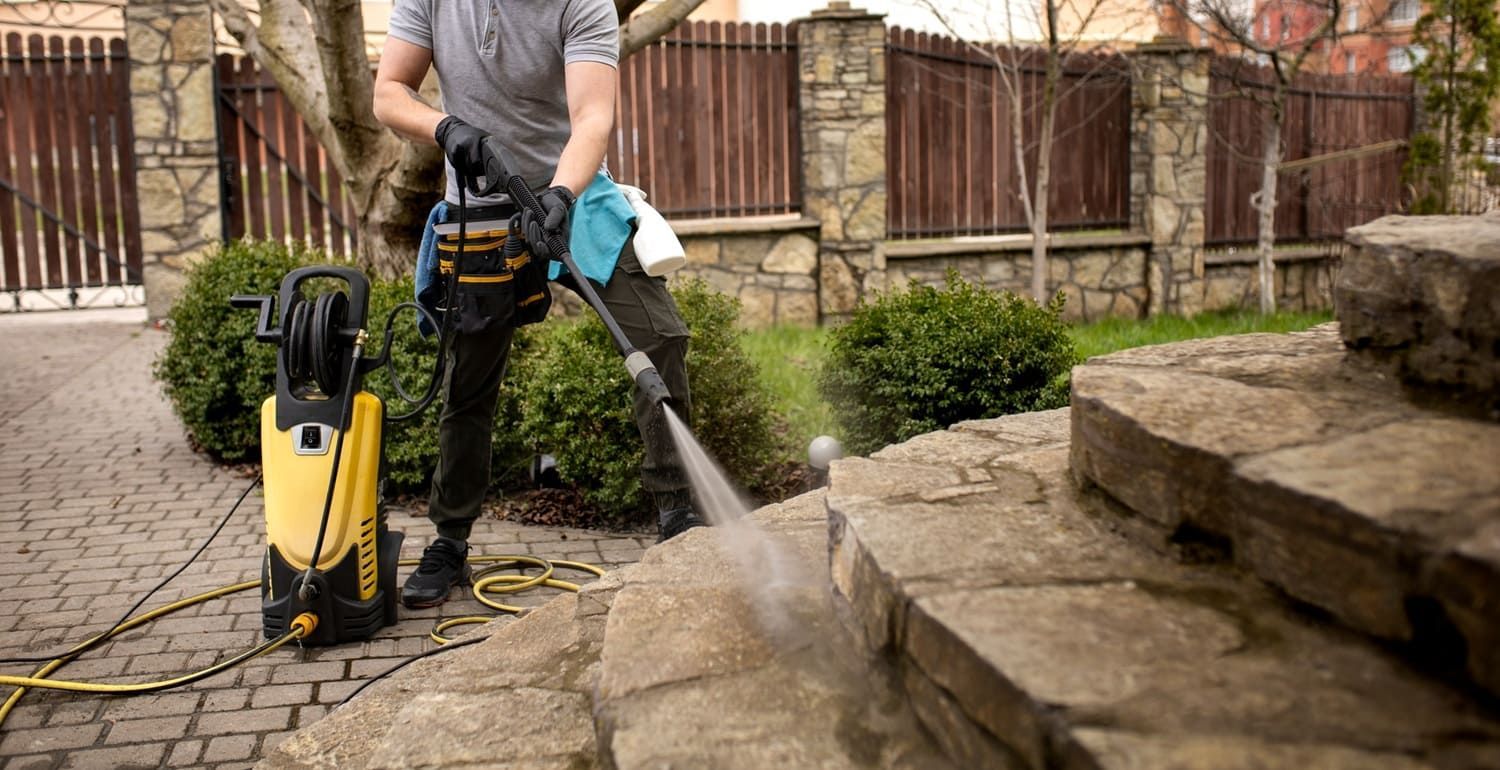
Understanding Porous Stone Surfaces
Porous stone includes popular options like limestone, marble, and travertine. Their distinct features make spaces exquisite and unique. However, understanding their properties is key to proper care.
These stones have tiny holes, allowing them to absorb liquids and stains easily. This absorption can lead to long-term damage if not addressed promptly. Recognizing the porosity of your stone helps in selecting the best cleaning methods.
Porosity varies among stone types, impacting their vulnerability to stains and moisture. Here's how different stones compare:
- Limestone: High porosity, absorbs water and stains easily.
- Marble: Medium porosity, prone to etching from acids.
- Travertine: Similar to limestone, but less porous.
Identifying your stone type aids in tailoring specific cleaning solutions. This ensures both protection and preservation. Appreciate the natural beauty of these surfaces while providing the specialized care they need. Taking the time to understand your stone is the first step in effective maintenance.
Why Porous Stone Needs Special Care
Porous stone surfaces require unique attention due to their absorbent nature. This absorbency means they easily soak up liquids and stains. Without careful cleaning, these surfaces can become damaged over time.
The wrong cleaning agents might harm the stone's finish. Acidic or abrasive products can cause etching or scratching. To preserve their natural beauty, only use products designed for stone.
Here are some reasons for special care:
- Preventing stains and etching
- Maintaining surface integrity
- Protecting financial investment
Protecting your stone surfaces extends their life and enhances their beauty. Being mindful of their special needs ensures they remain in top condition for years to come.
Essential Tools and Products for Porous Stone Cleaning
Cleaning porous stone surfaces requires the right tools and products. Using inappropriate cleaning agents can cause permanent damage. Ensure you have what you need before you start the cleaning process.
Choose pH-neutral cleaners specifically made for natural stone. These will prevent the stone from etching or losing its luster. When in doubt, read product labels carefully to ensure compatibility.
Here’s a list of essential tools and products:
- Soft cloths or mops
- pH-neutral stone cleaner
- Soft-bristle brush
- Clean, distilled water
- Stone-safe poultice for stains
Make sure to use non-abrasive tools to avoid scratching. Store these items within easy reach for regular maintenance. With the correct tools and products, your stone surfaces will gleam and last longer.
Step-by-Step Guide to Cleaning Porous Stone Surfaces
Begin by removing loose dirt or debris. Dust or sweep the surface carefully. This first step prevents grime from scratching the stone during cleaning.
Next, prepare your cleaning solution. Mix a pH-neutral cleaner with water according to the manufacturer's directions. Test the mixture on a small, hidden spot to check for any adverse reactions.
Dampen a soft cloth or mop with the solution. Gently wipe the stone in a circular motion. Avoid using excessive pressure to prevent scratches.
Rinse the area with distilled water. This step removes any leftover cleaner or debris. Rinsing well is crucial to avoid residue buildup.
Dry the stone surface with a soft, clean towel. Quick drying prevents water spots and promotes a shiny finish. Ensure every corner and crevice is dry.
For stains, use a stone-safe poultice. Apply it to the stained area following the product instructions. Cover the poultice with plastic wrap and allow it to work overnight.
Here’s a quick recap of the cleaning steps:
- Dust or sweep the surface.
- Prepare and test the cleaning solution.
- Clean using a dampened cloth or mop.
- Rinse with distilled water.
- Dry with a towel.
To remove stains:
- Apply a stone-safe poultice.
- Cover and leave overnight.
Following these steps ensures clean, pristine porous stone surfaces. Regular cleaning keeps them vibrant and long-lasting. Maintain consistency to prevent dirt and stains from setting in.
How to Remove Common Stains from Porous Stone
Dealing with stains on porous stone can be challenging. Quick action is key to prevent permanent marks. Here's how to tackle some common stains effectively.
Oil-Based Stains
Oil stains can be stubborn. Use a stone-safe degreasing cleaner to lift these spots. Apply it according to the instructions, ensuring full coverage of the stain.
Food and Drink Stains
For food and drink spills, blot the area immediately. Apply a baking soda paste, made with water, to the stain and let it sit overnight.
Ink Stains
Ink can be tricky. Use rubbing alcohol or acetone for light-colored stone. Apply with a cotton ball, but test on an inconspicuous area first.
Quick Solutions:
- Oil: Use a degreasing cleaner.
- Food/Drink: Blot, then apply a baking soda paste.
- Ink: Rubbing alcohol for light stone.
Rust Stains
Rust requires a specific remover. Choose a product labeled safe for stone. Follow all instructions carefully to avoid damage.
Special Care:
- Rust: Use a stone-safe rust remover.
- Water: Dry thoroughly to prevent mineral build-up.
Regular maintenance and prompt action ensure that stains don’t become permanent eyesores. Tailor methods based on the stain type and test products before full application.
Sealing and Protecting Porous Stone
Sealing porous stone surfaces adds a vital layer of protection against stains and moisture. This process helps maintain the stone's natural beauty. It's an essential step to take after cleaning.
Selecting the right sealant depends on the stone type. Always use one designed for natural stone surfaces. Check the product instructions to ensure proper application.
Benefits of Sealing:
- Protects: Guards against stains and moisture.
- Enhances: Maintains the stone's natural appearance.
- Longevity: Extends the life of the stone surface.
Reapply sealant every 1-2 years depending on usage and stone porosity. Regular inspection of the stone surface will help determine when resealing is necessary. This routine care will ensure the stone remains in excellent condition.
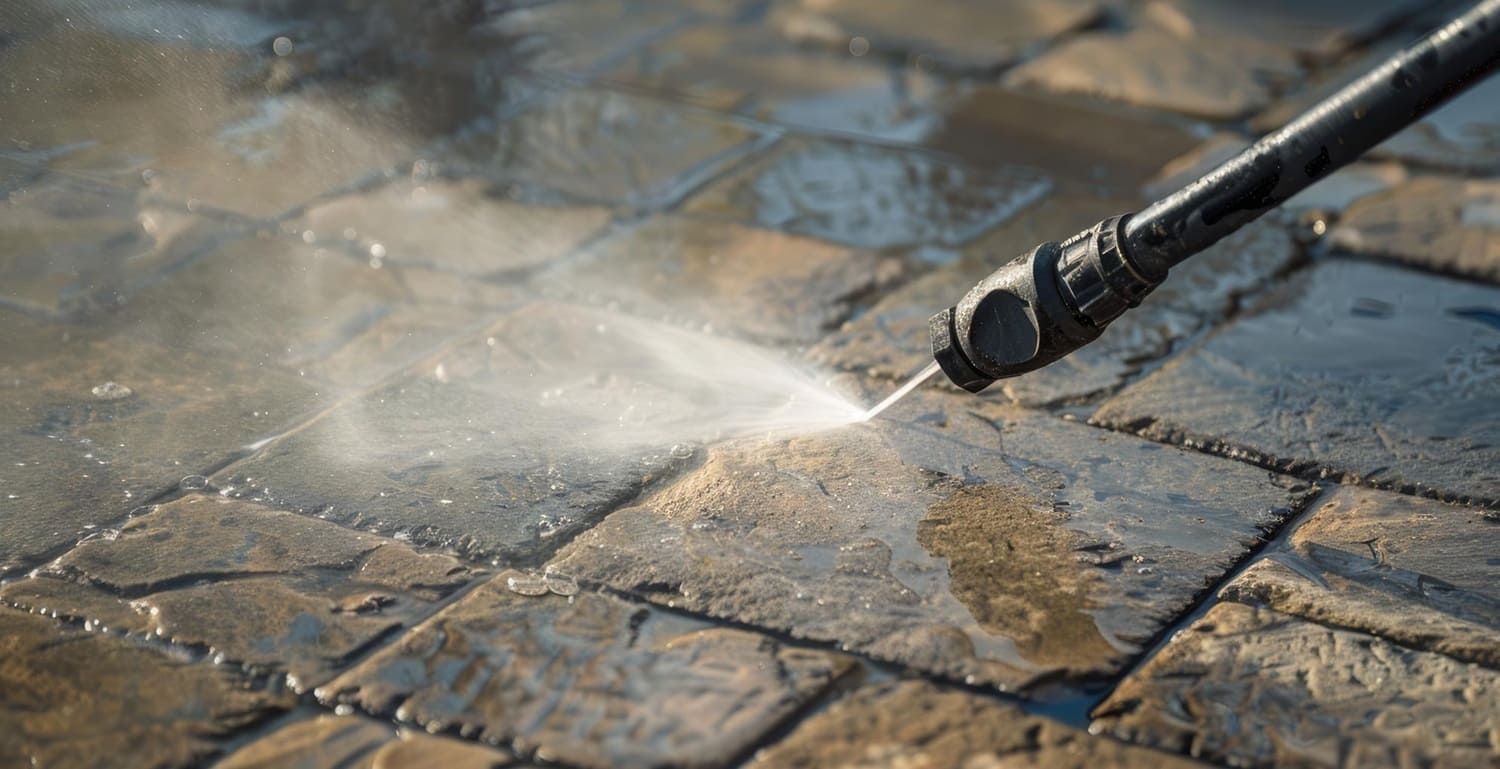
Maintenance Tips for Long-Lasting Beauty
Keeping porous stone surfaces in prime condition requires routine care. Regular maintenance not only preserves their appearance but also prevents wear and damage.
Dust and dirt can scratch stone surfaces over time. Regularly sweep or dust with a soft cloth to prevent debris buildup. This simple habit keeps stone floors and countertops looking fresh.
Daily Maintenance Tips:
- Use a damp mop for floors.
- Wipe countertops with a soft cloth.
- Address spills immediately.
For high-traffic areas, consider using area rugs and doormats. They help reduce dirt and grit that can scratch stone floors. This approach is both practical and decorative.
Additional Strategies:
- Educate family or staff on stone care.
- Use coasters to protect surfaces from stains.
- Inspect regularly for signs of wear.
A consistent maintenance routine can extend the lifespan of your stone surfaces. These preventive measures are simple yet effective for preserving their natural beauty.
Mistakes to Avoid When Cleaning Porous Stone
Porous stone surfaces are delicate and require careful cleaning. Using the wrong techniques or products can lead to damage. Avoiding common mistakes is key to maintaining their pristine condition.
Many people mistakenly use acidic or abrasive cleaners. These products can etch or scratch your stone surfaces. Always choose pH-neutral, stone-safe cleaners to prevent harm.
Avoid These Mistakes:
- Using vinegar or lemon juice.
- Applying bleach or ammonia-based products.
- Neglecting to dry surfaces after cleaning.
Skipping the drying step can lead to water spots or mineral buildup. Instead, use a soft towel to thoroughly dry your stone after cleaning. Taking these precautions will help keep your porous stone surfaces in excellent shape.
Eco-Friendly and DIY Cleaning Solutions
For those who prefer natural options, eco-friendly cleaning solutions are ideal for porous stone surfaces. These solutions are safe and effective without harmful chemicals. They also help preserve the environment.
Creating a DIY cleaner is simple and cost-effective. Use ingredients already in your home. Common household items can effectively clean stone surfaces when used correctly.
DIY Cleaning Solutions:
- Mix baking soda and water for a simple poultice.
- Use a mild dish soap and water solution.
- Combine hydrogen peroxide and water for tough stains.
Opting for eco-friendly cleaning ensures both safety and sustainability. Remember to test any solution on a small area first. This practice will prevent unwanted damage or discoloration.
When to Call a Professional
Sometimes, professional help is needed for porous stone cleaning. Certain situations require expertise you may not have. Recognizing when to seek assistance can prevent costly mistakes.
Situations to Consider Hiring a Professional:
- Deep stains that resist home solutions.
- Severe etching or scratches on the surface.
- Large areas needing restoration.
Professionals have the right tools and experience. They can assess stone conditions accurately. This ensures your porous stone surfaces are maintained effectively and restored when necessary.
Conclusion: Keeping Your Porous Stone Surfaces Pristine
Maintaining the natural beauty of porous stone surfaces is achievable with the right care and cleaning methods. With Desert Tile & Grout Restore, the best stone, tile, and floor refinishing & restoration experts serving Glendale, Scottsdale, Phoenix, and all of Maricopa County, you can trust that your stone surfaces will receive the highest level of professional care. Consistent maintenance ensures their aesthetic appeal and longevity.
Choosing the right cleaning products and tools to suit your stone type is essential. Preventive actions like applying sealants and addressing spills immediately will keep your stone surfaces looking as stunning as the day they were installed, while also protecting their durability. With expert help from Desert Tile & Grout Restore, your floors and stone finishes can provide lasting elegance and functionality in your space.
Contact Desert Tile & Grout Restore today for your free estimate and let us help preserve the beauty of your stone, tile, and flooring in Glendale, Scottsdale, Phoenix, and Maricopa County.
FAQs About Cleaning Porous Stone Surfaces
What is the best way to clean porous stone surfaces?
Use a pH-neutral cleaner and soft cloths or mops to avoid damage.
Can I use vinegar or bleach on porous stone?
No. Acidic or harsh cleaners can etch and discolor the stone.
How often should porous stone be cleaned?
Light cleaning weekly and deep cleaning every few months is best.
Do porous stones need to be sealed?
Yes. Sealing helps protect against stains and makes cleaning easier.
What should I do if liquid spills on stone?
Blot immediately to prevent the liquid from soaking in and staining.
Can steam cleaners be used on porous stone?
No. Excess heat and moisture can weaken or damage the surface.
What tools are safe for scrubbing stone?
Use soft brushes or non-abrasive pads to avoid scratching.
Does sealing last forever?
No. Reseal every 1–3 years depending on traffic and exposure.
